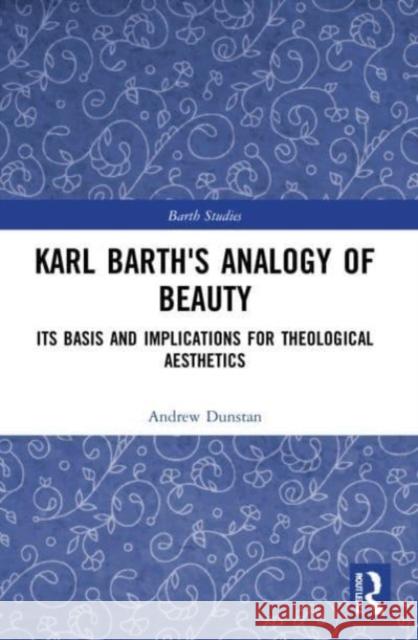Karl Barth's Analogy of Beauty » książka
topmenu
Karl Barth's Analogy of Beauty
ISBN-13: 9781032109503 / Miękka / 2023 / 234 str.
Karl Barth's Analogy of Beauty
ISBN-13: 9781032109503 / Miękka / 2023 / 234 str.
cena 195,06
(netto: 185,77 VAT: 5%)
Najniższa cena z 30 dni: 193,06
(netto: 185,77 VAT: 5%)
Najniższa cena z 30 dni: 193,06
Termin realizacji zamówienia:
ok. 22 dni roboczych
Dostawa w 2026 r.
ok. 22 dni roboczych
Dostawa w 2026 r.
Darmowa dostawa!
This book provides the first comprehensive examination of Karl Barth’s view of beauty.











